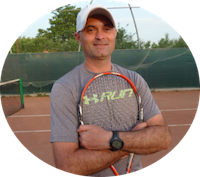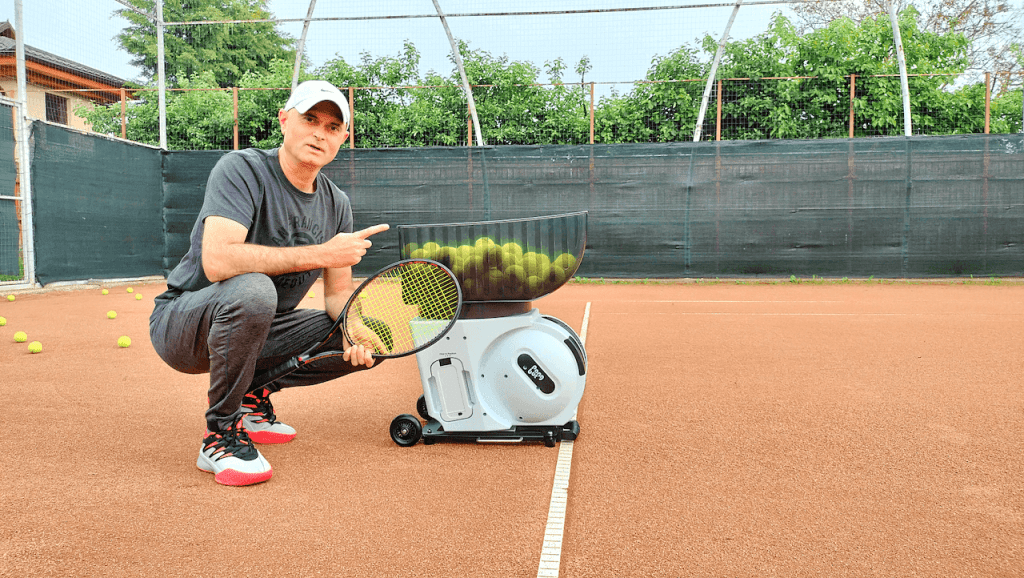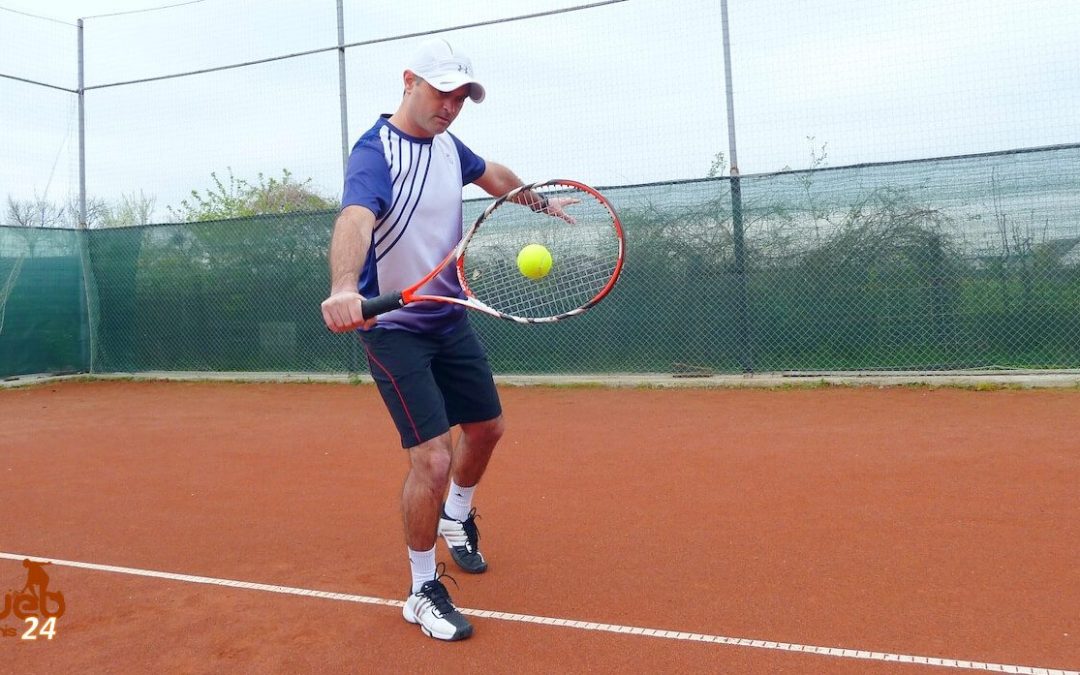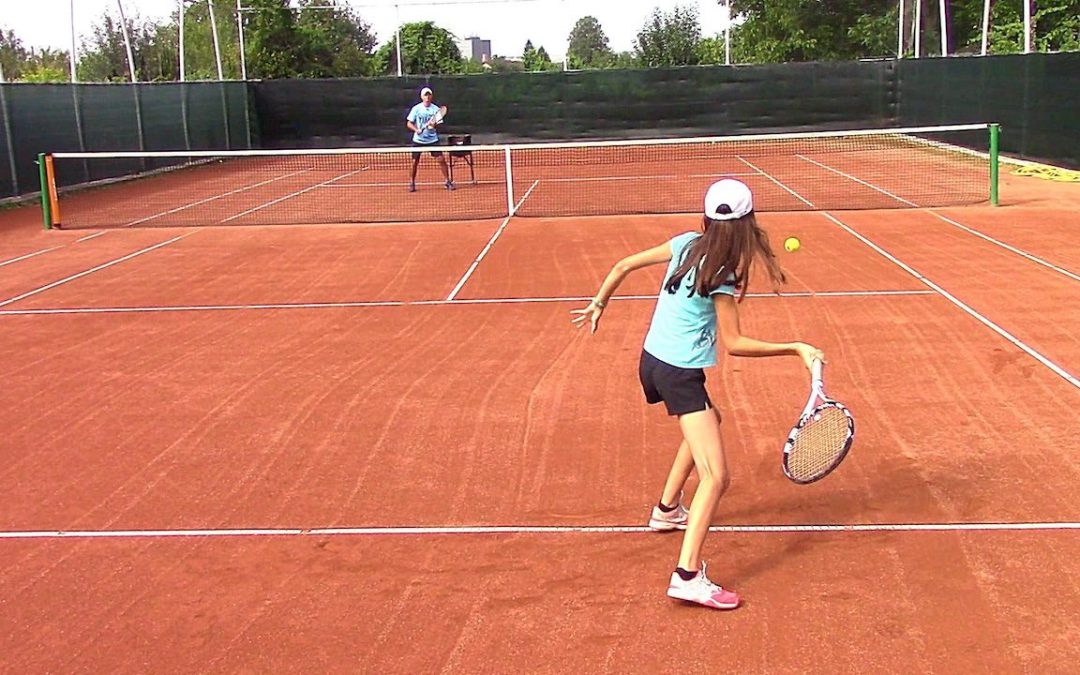
Improve Your Doubles Tennis with 3 AI-Driven Custom Drills
AI Custom Tennis Drills to Improve Your Doubles Game
If you want to get better at doubles tennis, using AI custom doubles tennis drills can help you practice key skills and become a smarter player.
The following drills are designed to help you improve your net play, volleys, overheads, and court movement – all important for doubles success.
Whether you train alone or with a partner, these drills offer a fun and effective way to work on your game.
Drill 1: Tactical Doubles Advance
The first drill focuses on moving forward to the net, a crucial skill in doubles. You start by hitting a series of shots on one side of the court: a slice forehand crosscourt, a half volley forehand crosscourt, followed by a high volley put-away down the line. After completing these shots on the deuce side, you get a few seconds to move to the ad side and repeat the sequence.
This drill helps you practice approaching the net and finishing points with aggressive volleys. It can be done solo with a ball machine or with a partner taking turns hitting balls.
The alternating feeds make it realistic and keep you sharp.
Drill 2: Half-Court Doubles Dominance
The second drill is about controlling the half-court area, which is very important in doubles strategy. You start at the baseline with two topspin groundstrokes, directing them crosscourt. Then you hit an approach shot to move closer to the net. Once at the net, you practice three volleys and finish with an overhead smash.
After finishing on one side, you switch and repeat the same pattern on the other side of the court.
This drill builds your ability to handle different types of shots and maintain pressure at the net.
Like the first drill, it works well solo or with a partner, with the ball machine alternating feeds between players.
Drill 3: Lob Defense and Net Attack
The third drill is the most fun and helps you improve your reaction to lobs and your net attack.
Starting at the net, you prepare for a lob ball that lands at or beyond the service line.
You run back to hit it and then come forward for a short ball approach.
After moving up, you do three volleys: forehand volley, backhand volley, and a high put-away volley to finish.
This drill trains your footwork, quick reactions, and volley skills under pressure.
It can be done alone or with a partner, alternating to keep the pace and intensity up.
Why Use AI Custom Doubles Tennis Drills?
These drills are created specifically for doubles play and can be downloaded from the PongBot app if you own the AI ball machine.
The PongBot machine feeds balls with precise timing and placement, making your practice sessions efficient and realistic. You can also customize the drills to fit your needs, whether you want to focus more on volleys, approach shots, or court movement.
Using AI custom doubles tennis drills helps you get consistent reps on important shots, improves your timing, and builds confidence for match situations. Plus, the ability to practice alone or with a partner makes it easy to fit training into your schedule.
Final Thoughts
Working on your doubles skills with these AI custom doubles tennis drills will help you become a better player by improving your net play, volleys, overheads, and court positioning. Whether training solo or with friends, these drills are enjoyable and practical. If you want to try them, consider using a PongBot AI ball machine to get the most out of your practice.
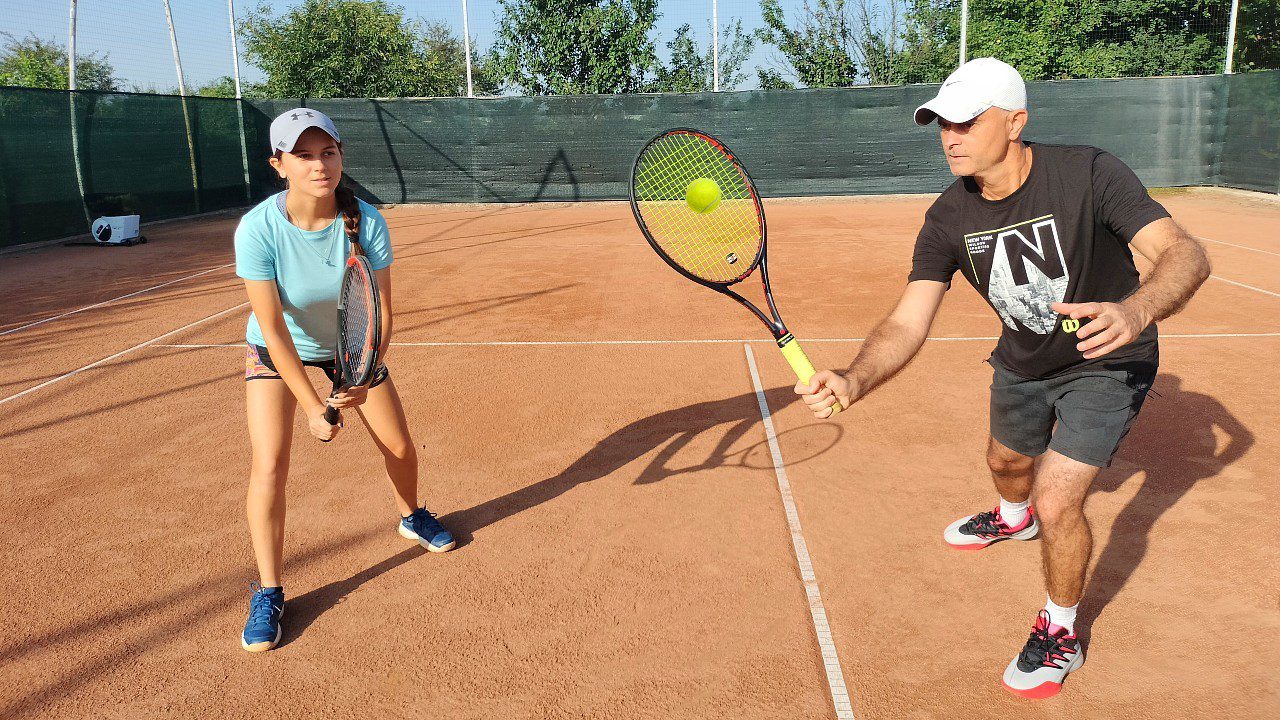
Frequently Asked Questions
Can I do these drills without a ball machine?
Yes! You can have someone feed balls to you manually and still benefit from these drills. The key is to maintain the sequence and timing of shots.
How many players can practice with these drills?
These drills work well for solo practice or with two players. They can also be adapted for small groups, making them great for coaches training multiple players.
What skills do these drills improve?
These drills focus on net approach, volleys, overheads, lob defense, and court movement – all essential for doubles tennis.
Where can I get these drills?
If you own a PongBot AI ball machine, you can download these drills directly from the PongBot app’s drill library.
